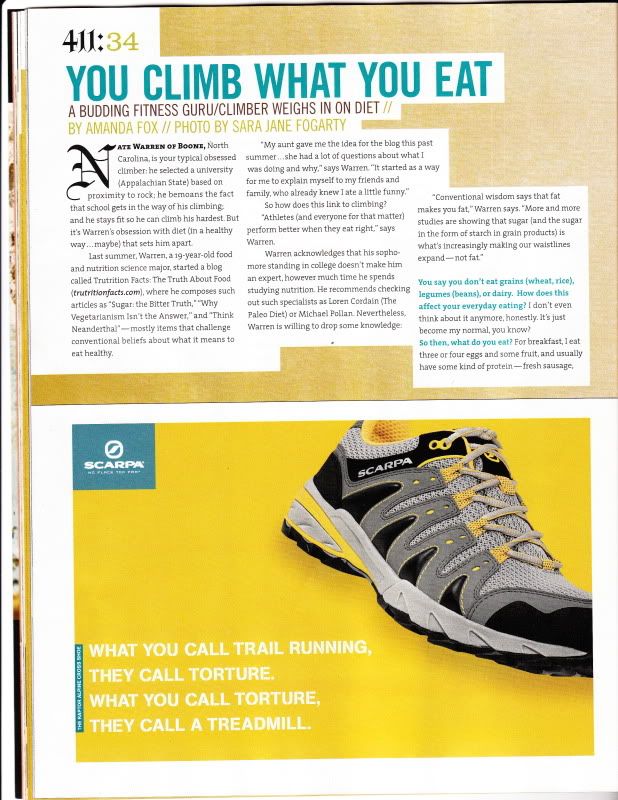 Conventional nutrition wisdom says salt is the ultimate evil concerning hypertension (high blood pressure), but you know me. You know I tend to not agree with conventional nutrition wisdom about 90% of the time. Here I go again...
Conventional nutrition wisdom says salt is the ultimate evil concerning hypertension (high blood pressure), but you know me. You know I tend to not agree with conventional nutrition wisdom about 90% of the time. Here I go again...The theory goes like this. Sodium and potassium ions are needed in a balanced ratio to help your body maintain a homeostatic (neutral) state. If there is too much salt in the body, the kidneys dilute it in water and excrete it in the form of urine. The swelling caused by the retention of water is said to increase blood pressure.
Why is it wrong?
Well, it isn't inherently wrong. It just isn't right. The swelling caused by the retention of water does increase blood pressure, though only temporarily and by very small amounts. The studies linking salt to hypertension are weak and usually examine only the effect of salt on the condition. Basically, the studies are not accurate.
Here's what you need to know before we continue. If you are obese, you are more likely to have high blood pressure. If you are diabetic, you are more likely to have high blood pressure. If you have high blood pressure, you are more likely to be obese and diabetic.
We have to get to the root of the problem. Why is there so much salt in the kidneys? A more plausible theory proposed by Gary Taubes in Good Calories, Bad Calories is that increased insulin from a high sugar diet increases the amount of salt in the kidneys and therefore causes hypertension. Hypertension is just another one of the diseases of civilization like obesity, diabetes, heart disease, etc. Why should we expect the cause to be any different?
Taubes says that, "[e]ating carbohydrates prompts the kidneys to hold on to salt, rather than excrete it. The body then retains extra water to keep sodium concentration of the blood constant... [C]arbohydrates cause us to retain water by inhibiting the excretion of the sodium that is already there. Removing carbohydrates from the diet works... like the anti-hypertensive drugs known as diuretics, which cause the kidneys to excrete sodium, and water along with it." (Taubes, P.149)
These effects are most likely due to an increase in insulin.
So should you still worry about salt?
To be continued...







